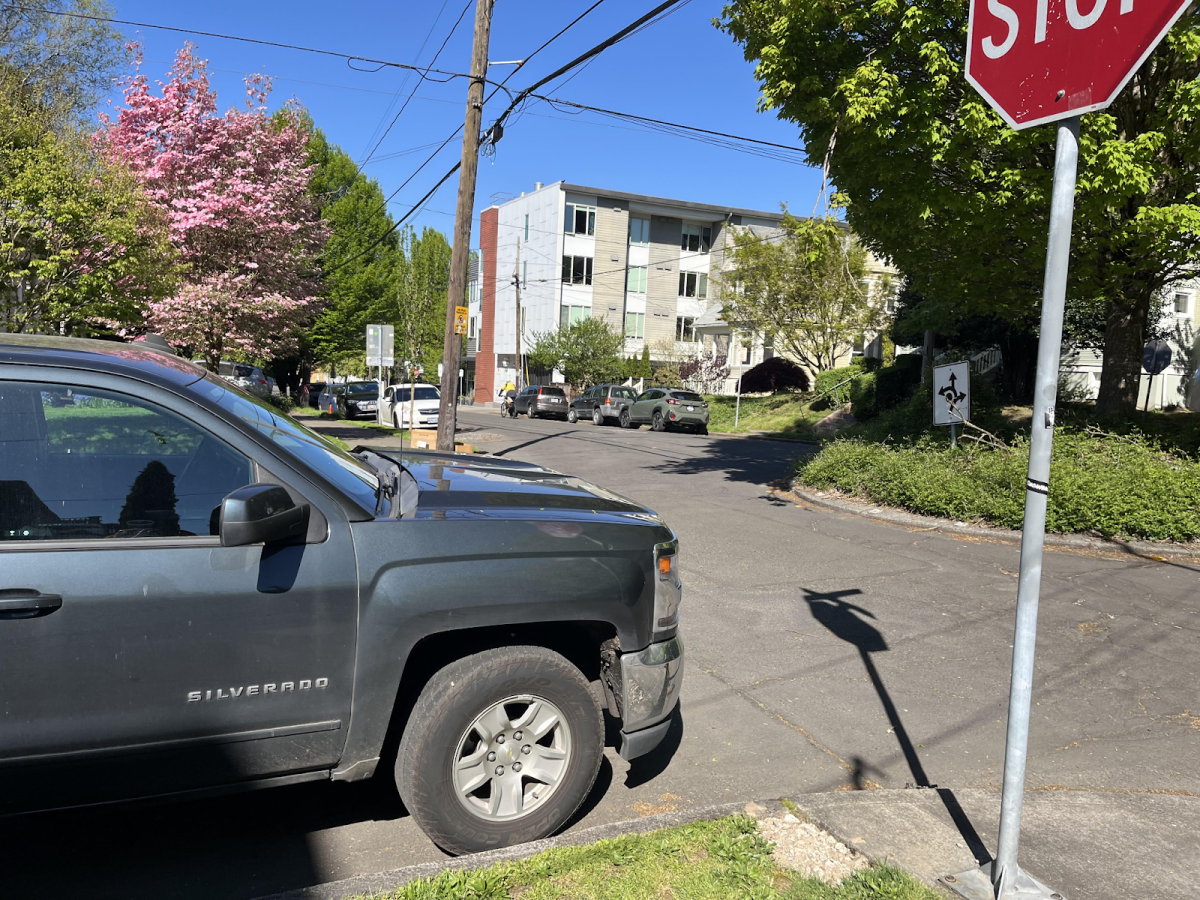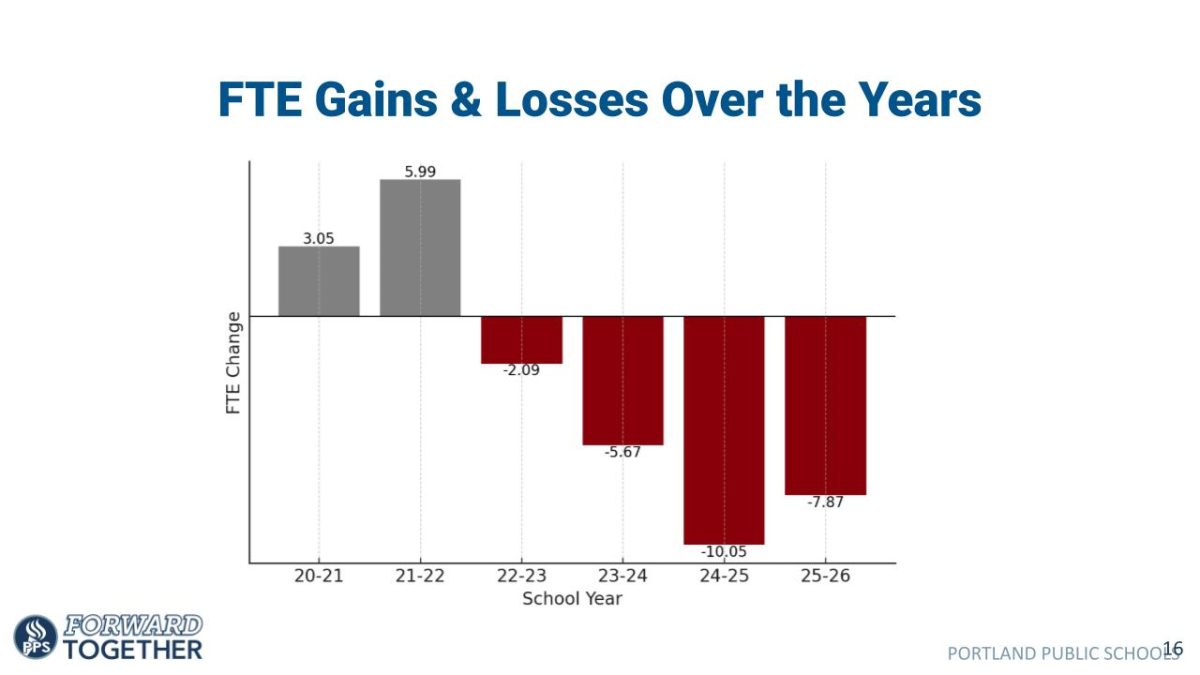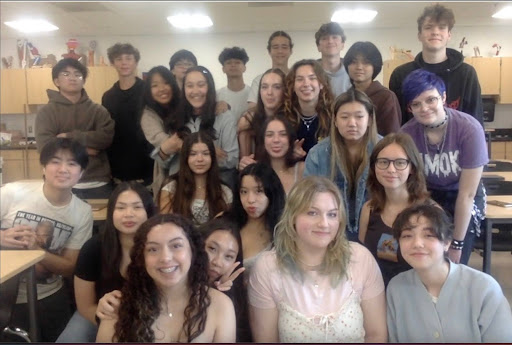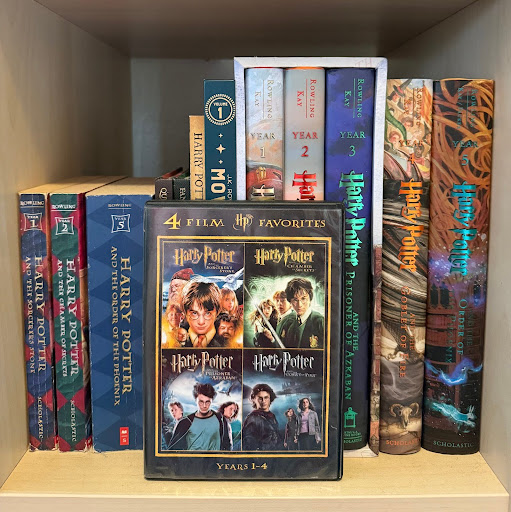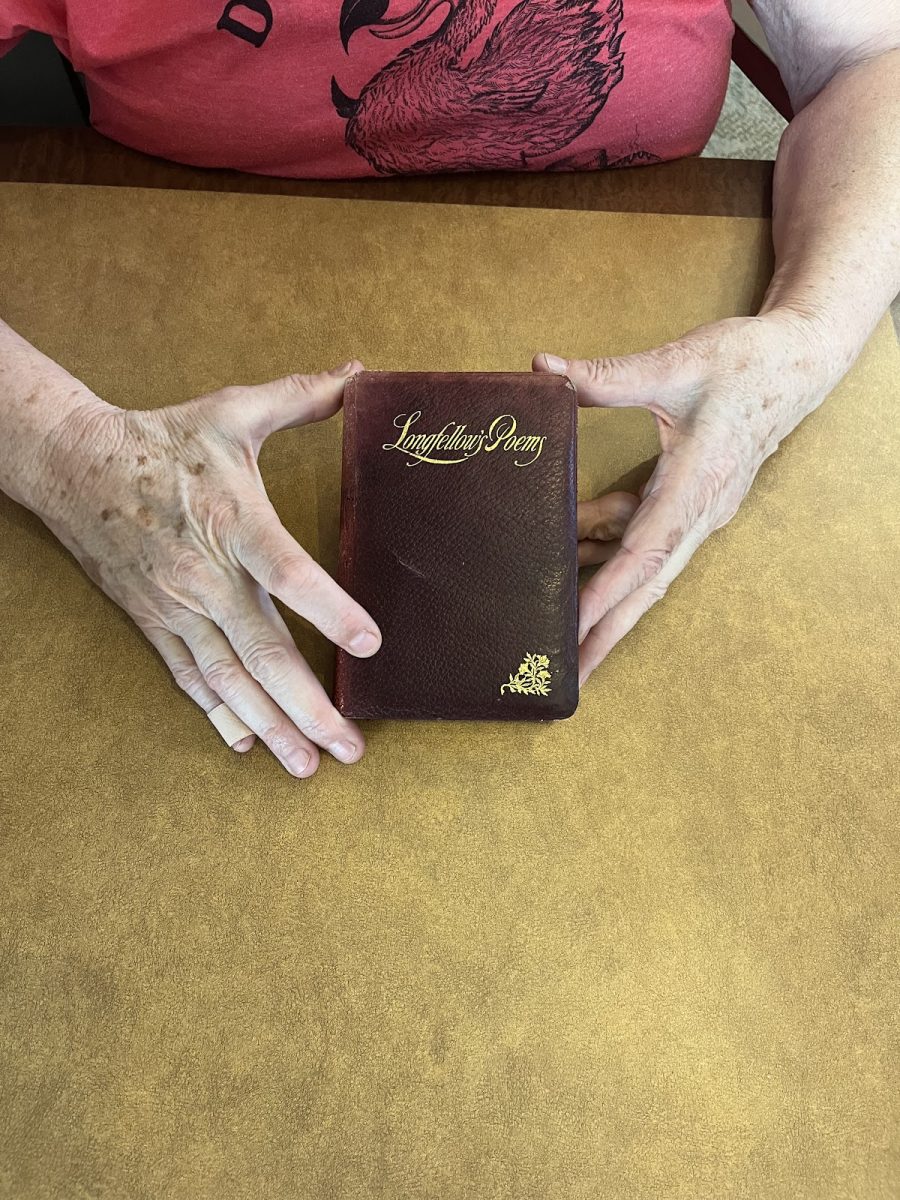
Photo by Macy Potter
Disclaimer: This is how the method was intended to be followed by the creator Ryder Carroll, however the beauty of this system is that you can adapt it to fit your needs in any and all ways necessary. Have fun, be creative, and join my club next year if you like art journaling!
What is Bullet Journaling?
Bullet Journaling is about organizing your life. At first, you will believe you understand the system, and then you won’t understand a thing, but if you stick around long enough you might find your life can be improved with just a notebook and a pen.
We keep track of things: the things we’ve done, things we need to do, but there are a lot of things that we forget about or don’t make time for. A system was needed that was more than a basic planner and was possible for anyone to use, and flexible enough to take on anything we need, but did not get in the way of what was really important. That is exactly what the Bullet Journal Method is.
Index
The Bullet Journaling Method is comprised of a series of spreads. Your first spread is an index. This is obviously tedious and many despise the table, but it really can be simple. To start, label the first two pages of your notebook at the top with “Index.” Once you have completed the spread you are ready to move on to the next.
Future Log
Start just the same as you did your Index by labeling the top of your pages “Future Log.” There are many ways to set up a Future Log, but a simple way to create a six-month-long spread is first by counting the lines on your page. Next, divide that number by three and draw lines to divide the page into months of the year. Continue on the next consecutive pages until you have outlined your Future Log for the next twelve months. Remember: it does not matter whether you begin in January or in September, as long as you begin. After you have created your Future Log, number your pages and add them to your Index.
Monthly Log
Now turn to your next page. Add the name of the current month to the top of both pages. Your left page will be your monthly calendar. Write the dates of the month, then add the first letter of each coinciding day of the week. The right page is your monthly task list. Write down everything you need to get done that month. For each task, draw a bullet point or “task bullet.” It is just a simple dot. Now number your pages and add them to your Index. The monthly log gives you an overview of what you should be working on during the month while also outlining the time you have to complete these tasks.
Daily Log
Start by writing the day’s date. Now you can begin writing tasks, events, appointments, etc. Make sure that each item you log is a short phrase or bulleted sentence. The key to this system is efficiency. Each of your bullets fits into one of three categories. Those being tasks, which you show using a dot, events, shown by a small circle, and notes, indicated by a dash. If a task needs to be prioritized add a star or asterisk to the left of your dot, aka a signifier. This system is called Rapid Logging. It speeds up the process of organizing information without compromising or leaving anything out. Once you have completed this spread, number the pages and add them to your Index.
Migration (How They Come Together)
At the end of each month set up the next monthly log. Scan your daily logs for any incompleted tasks. Make sure to cross out the dots of any completed tasks from your daily logs of the previous month. This really is about reflection. Take a moment and decide which out of the incompleted tasks from the previous month are worth carrying over to the next. Ask yourself which of these tasks are really worth your time. If they are not, cross them out. If a task is worth your time in the near future turn that dot into a right arrow and copy that entry into the next month’s monthly log. If a task is worth your time far off into the future, turn the dot into a left arrow and copy that task into the corresponding month in the future log you set up earlier. This process is called Migration and is the backbone of the Bullet Journal Method. This process is how you focus on the most important tasks at hand without forgetting about ones that will be important later.
Collections
Go to your next blank page and give it a topic. Now, migrate any notes or tasks into the collection. An example of a collection would be a list of books to read that you picked up throughout the year. As the year goes by you add each of those books into the collection until there is no more room left onto the page. Once set up, number your page and add it to the Index for reference later. Collections are a perfect way to organize shopping lists or any kind of specialized topic that doesn’t fit into the previous areas explained.
The Bullet Journal Method is applicable to everyone and everything. You can make your own key, design your own spreads, dismiss migration, and ignore the Index as long as you have fun with it and make it yours. Use it to better yourself, your life, and those around you.

